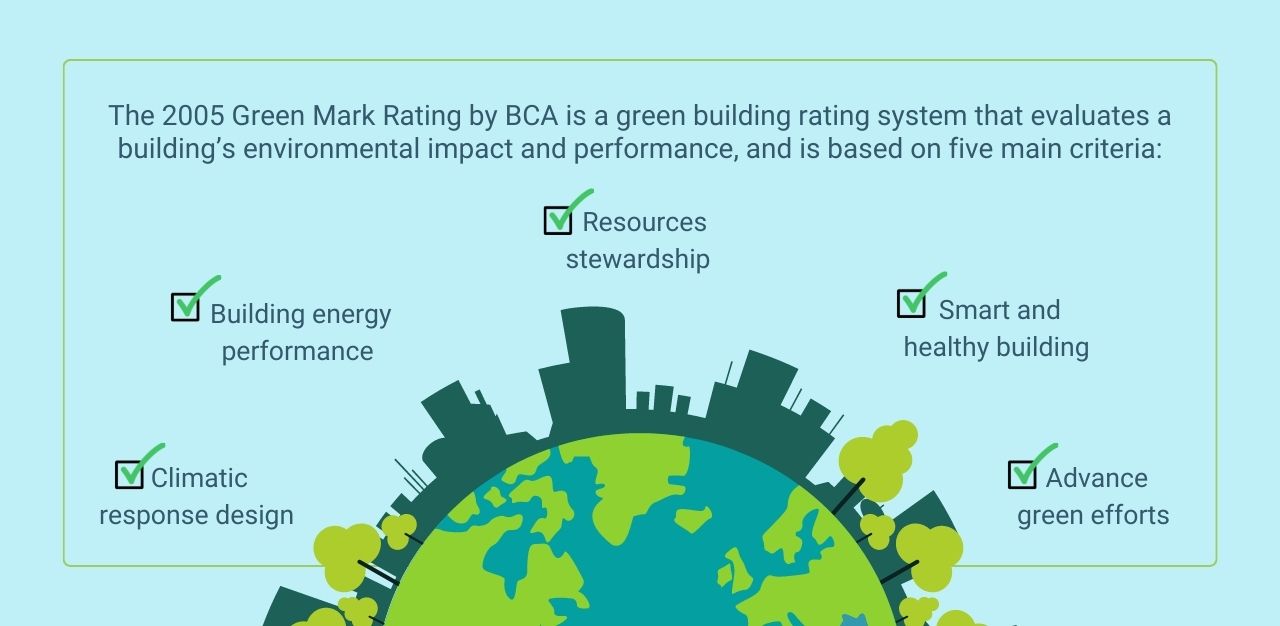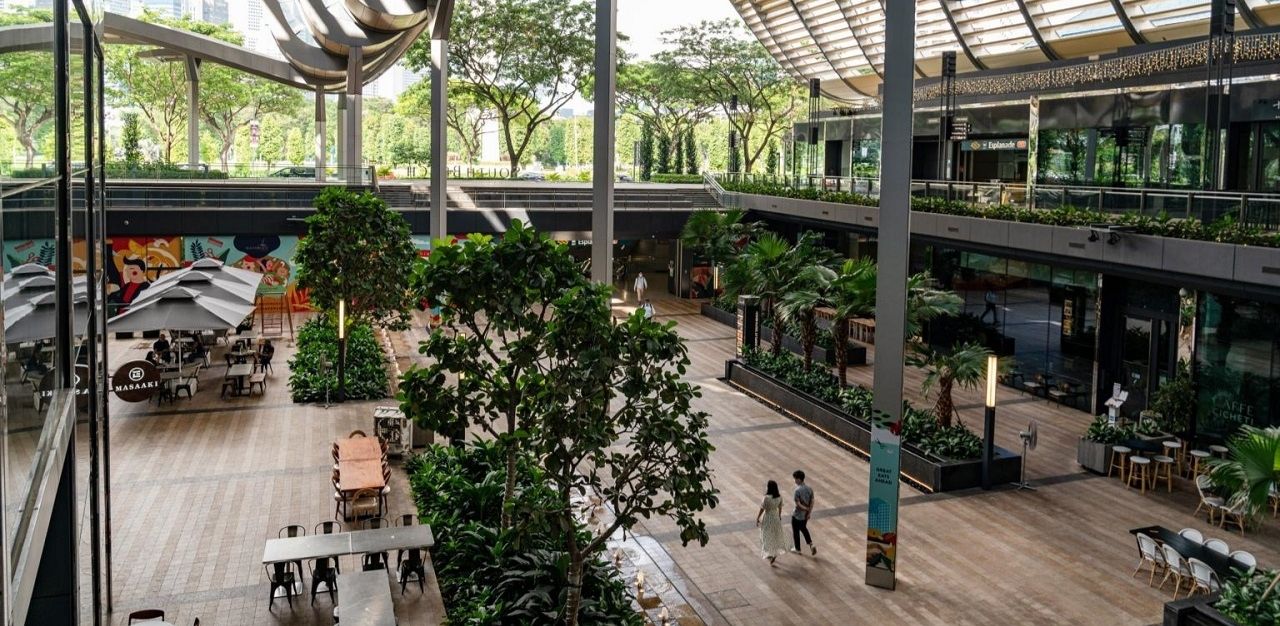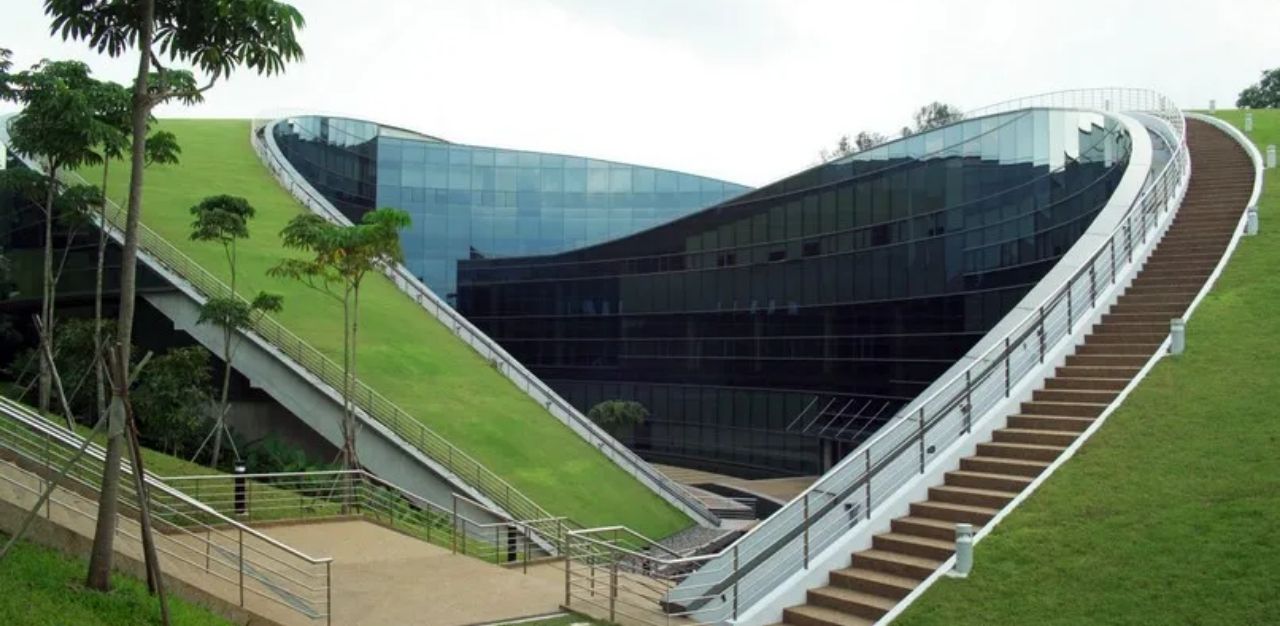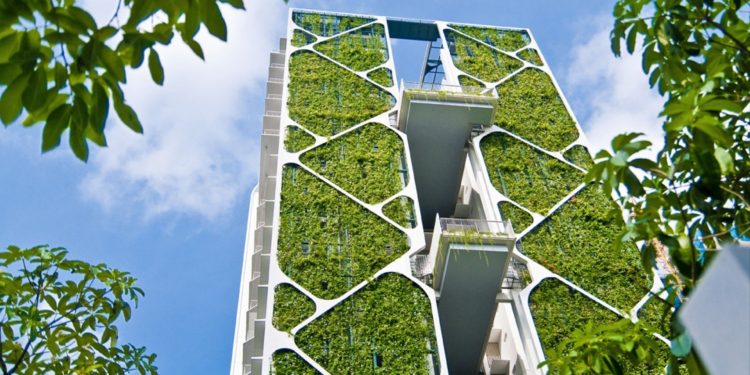Home, green home. In the eco-conscious community of today, sustainability has become the new buzzword and Singapore has also taken the message to heart. Even the construction sector is not left out. Measures have been taken to have eco-friendly buildings and sustainable construction practices.
In BCA’s 2016 survey of 610 homeowners in Singapore, between 90 and 93 per cent of private and public home owners respectively agreed that living in a green building enables energy saving, hence lowering utility bills. Another, perhaps less associated with green homes, is that many of these design features which bring positive environmental benefits also enhance health and wellbeing. What this means is that a greener home begins with a plan.
One of the most prominent aspects of the sustainable construction movement in Singapore has been the implementation of the Green Mark Rating, initiated by the Building and Construction Authority (BCA) in 2005.

Green Building and Sustainable Masterplan
The building and construction sector, being one of the key drivers of Singapore’s economy, will be at the forefront of this national effort. With this in mind, the Building and Construction Authority (BCA), is working together with industry associations and major government agencies to formulate the Green Building and Sustainable Construction Master Plans as part of the contribution to Singapore’s sustainable development.
Here, Sustainable Construction focuses on the adoption of materials and products in buildings and construction that will consume less natural resources and increase the reusability of such materials and products for the same or similar purpose.
A BCA spokesman said buildings that have the Green Mark certification will have several long-term benefits which include better corporate image, leasing and resale value, lower energy and utility usage, lower potential environmental impact, and better indoor environmental quality.
A recent study on the BCA Green Mark schemes also showed that Green Mark buildings had the following advantages over non-Green Mark buildings:
- Green Mark building reap net positive savings throughout its life cycle, with energy savings outweighing the upfront investment cost,
- The Net Present Value of the savings stream commensurate with the Green Mark rating, and
- Strong business case for developers to adopt the highest Green Mark rating.
In February last year, the Singapore Green Plan 2030 was launched. Spearheaded by five ministries — the Ministries of Sustainability and the Environment, Trade and Industry, Transport, National Development and Education — the Green Plan charts ambitious and concrete targets for the rest of this decade.

The construction sector will play a significant role in the Green Plan 2030 initiative.
One aspect of the plan is to turn incineration bottom ash into NEWSand for use in construction, which will contribute to the country’s target to reduce waste to the landfill by 30 per cent by 2030. The National Environment Agency (NEA) has awarded the tender to conduct a field trial on the use of treated incineration bottom ash (IBA), one of the possible forms of NEWSand, as a road base or sub-base material in road construction projects.
The field trial was conducted at a stretch of Tanah Merah Coast Road mid-2020, to assess the in-situ environmental performance of the treated IBA and the data gathered for review of the provisional environmental standards for NEWSand.
In his opening address at the Year Towards Zero Waste appreciation lunch of 2019, then Minister for the Environment and Water Resources Masagos Zulkifli announced that a form of NEWSand has been developed from “slag”, the by-product of the gasification of Municipal Solid Waste (MSW). This form of NEWSand has already been used to construct a footpath at Our Tampines Hub (OTH) as well as a 3D-printed concrete bench which was unveiled at the event. He also said then that a second footpath will be constructed in front of the Environment Building in early 2020 demonstrating the use of a higher percentage of MSW slag in concrete footpaths.
“The Green Mark certification is for a compelling cause, but consumers must be prepared to pay more for the ‘hidden’ costs behind these initiatives. But the outlook for sustainable construction in Singapore is good, as it has been shown to be the best way to go forward in the construction industry.”
— LYE KIAN SIONG, DIRECTOR, PEOPLE’S CONSTRUCTION
Under Singapore’s Green Plan, at least 20 per cent of schools here will be carbon neutral by 2030.
Buildings will also have improved sustainability standards by 2030, as the Green Mark scheme will be reviewed from time to time to support more eco-friendly construction methods and the development of cost-effective green technologies that promote energy efficiency.
People will be encouraged to commute in a greener way. The Green Plan aims to increase the trips made on public transport from 64 per cent to 75 per cent by 2030. The number of cycling paths will be increased to about 1,320km by 2030, and the rail network will also be expanded to 360km, up from the 230km today.
There will also be more solar panels placed on residential areas, and the plan is to turn our deployed solar energy to five times that of today by 2030.
Beyond HDB towns, the Green Plan aims to green 4 out of 5 buildings by 2030, as well as create the right environment for the use of electric vehicles (EVs).
Mr Lye Kian Siong, director of construction firm People’s Construction, says: “The Green Mark certification is for a compelling cause, but consumers must be prepared to pay more for the ‘hidden’ costs behind these initiatives. But the outlook for sustainable construction in Singapore is good, as it has been shown to be the best way to go forward in the construction industry.”
Making inroads with sustainable raw materials

Despite that, many construction companies have taken the Green Plan to heart, and several firms have made inroads into sustainable construction.
Singapore’s largest concrete producer Pan-United Corporation has developed specialised solutions for large-scale infrastructure development, such as structural green concrete made from recycled raw materials, structural lightweight concrete and underwater concrete; while Samwoh Corporation, a leading integrated construction company, delivered numerous connecting infrastructure projects, including an eco-link across a major expressway for local wildlife.
Soilbuild Construction Engineering, a leading builder with a long and successful track record, automates the assembly of 2D precast panels into 3D, replacing the need for expensive 3D moulds while maintaining efficiency. Another, Teambuild Engineering & Construction has an automated precast plant in Singapore, where it invested extensively in 3D prefabrication and innovative technologies.
Despite the initial higher costs of living in a green building, Mr Lye says there would be overall more savings in energy costs, infrastructure costs and better health and well-being for residents, employers and employees.
‘’If all the steps of Green Plan 2030 are followed, all these efforts will also reduce our energy consumption by more than 8 million megawatt hours per year – sufficient to power almost every household’s annual energy use. That in turn reduces domestic greenhouse gas emissions by at least 3 million tonnes per year by 2030,’’ he says.
RELATED: How can local construction sector cope with the coming accelerated building boom
Join the conversations on TheHomeGround Asia’s Facebook and Instagram, and get the latest updates via Telegram.














